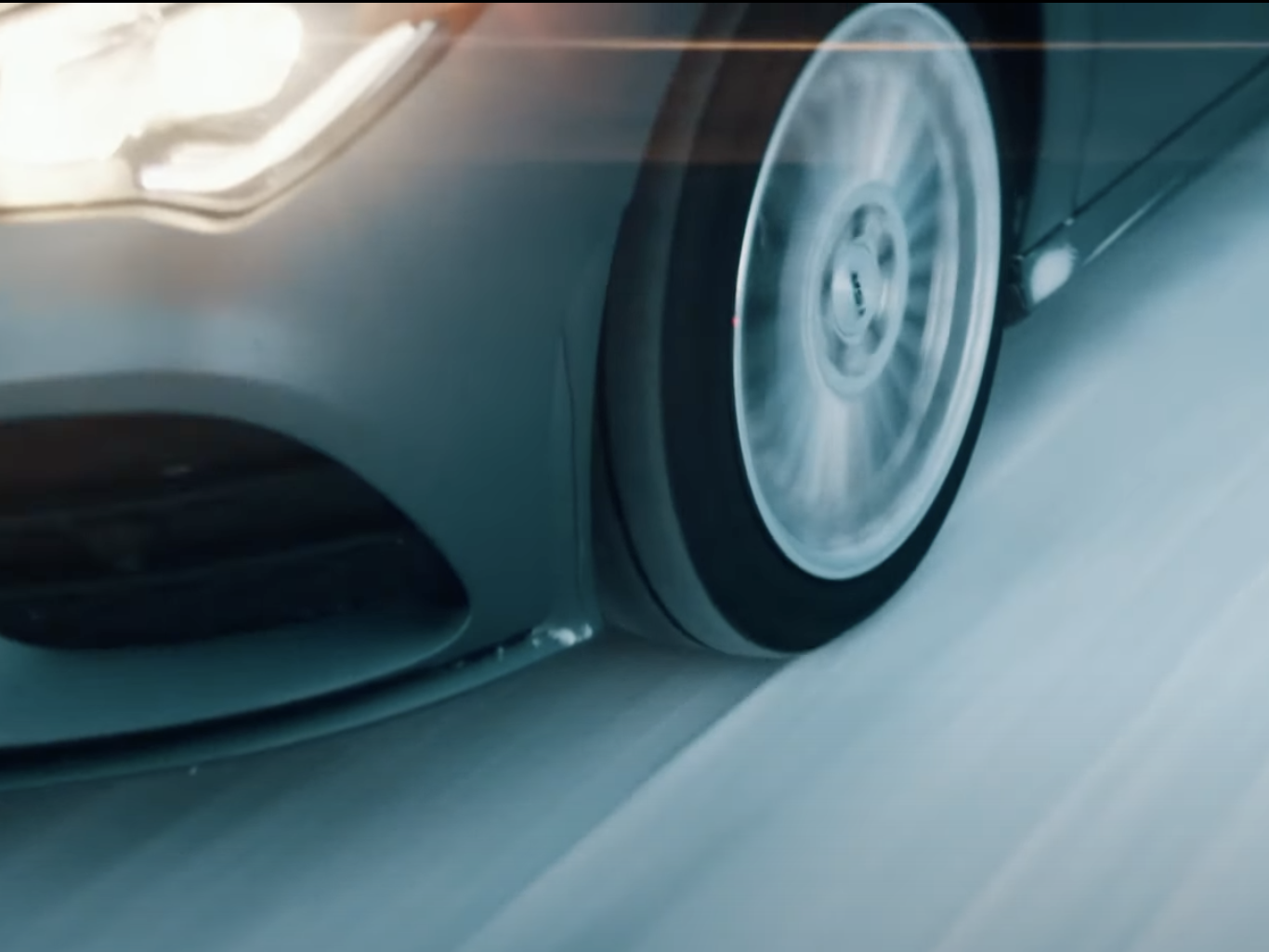Testing vehicles is a great privilege and is also great fun, but having an opportunity to test a tire is almost better, as it brings the ability to dig deep on details and features from the comfort of my own vehicle. I was offered the opportunity to test the new Goodyear WinterCommand Ultra and jumped at the chance.
Before moving to Maine, I’d never given winter tires more than a passing thought, but they’ve quickly become an important part of my annual automotive maintenance schedule. So, before the weather warmed completely, I installed the Goodyears and got rolling.
Late winter and early spring here in Maine seem to drag on forever and can offer up weather that ranges from snow in the morning to deck-worthy sun in the afternoon. It’s a tricky time of year to be a driver, because there are frequently times where tires can end up being drastically mismatched to changing conditions. This was the context in which I was able to test the new Goodyear WinterCommand Ultra.
A move to a new house and other challenges made it hard to coordinate a tire delivery, so the test was later in the season that I’d originally intended. In a way, I’m glad that the review took so long to come together, because it gave me the opportunity to try the tires in slushy snow, rain, and a warm sunny afternoon, all within the course of a couple of weeks.
It was 46 degrees and sunny the day I had the tires mounted to my 2015 Subaru Outback, and the first thing that stuck out was how quiet they are on the road. I usually rush to get the winter tires off once the snow slows down, because the tread patterns make a ton of noise on dry pavement. There’s some noise here, to be fair, but far less of the typical winter tire “hum” than I’ve seen with the Bridgestone Blizzaks from winters past.
A couple of days after that blissful afternoon, the weather slipped back into a more typical cadence for March in Maine. Nearly eight inches of heavy, wet snow landed just in time for a run to kids’ doctor appointments and an ill-timed shopping tip. We hit the road before the plows had been out in force, which meant inches of packed snow and slush. The Blizzaks I ran last season would feel planted and solid in these conditions, and surprisingly, the WinterCommand Ultras are nearly on that level.
We can debate whether or not winter tires are needed for all-wheel drive vehicles, but I’ll always argue that winter tires are needed to improve stopping distance and traction on hills, and the WinterCommand Ultras did just that.
Of course, spring in Maine wouldn’t be a thing without plenty of rain to make everything muddy. The Goodyears handled themselves well in the wet as well, and felt surprisingly confident in the near-freezing weather. There is no noticeable increase in hydroplaning or slipping under acceleration, and the tires retain their grip when driving quickly and cornering at higher speeds.
When it comes to pricing, the WinterCommand Ultras bring the value. Looking at Tire Rack, the Goodyears land at $171.92 per tire for my Subaru. Comparable Bridgestone Blizzaks start at around $180 and range up to $240 per tire. Michelins are also more expensive, starting at around $186 per tire. Though budget is important, price shouldn’t be the only deciding factor when buying tires. In many cases, installation is free, and some tire shops offer free seasonal tire changes or tire storage.
The bottom line on the WinterCommand Ultra? It’s a great tire for people who live in places that see varied weather in winter, especially if there are prolonged periods of dry weather. It’s easily one of the quietest and most comfortable winter tires I’ve tested on dry pavement and it its snow/slush traction is lightyears ahead of even the best all-season tire. The Goodyears handled late-season Maine without complaint, and I suspect they’d be just fine in the thick of a nor’easter as well.
NEW! Goodyear WinterCommand® Ultra Winter Tire Product Launch Video
www.youtube.com








